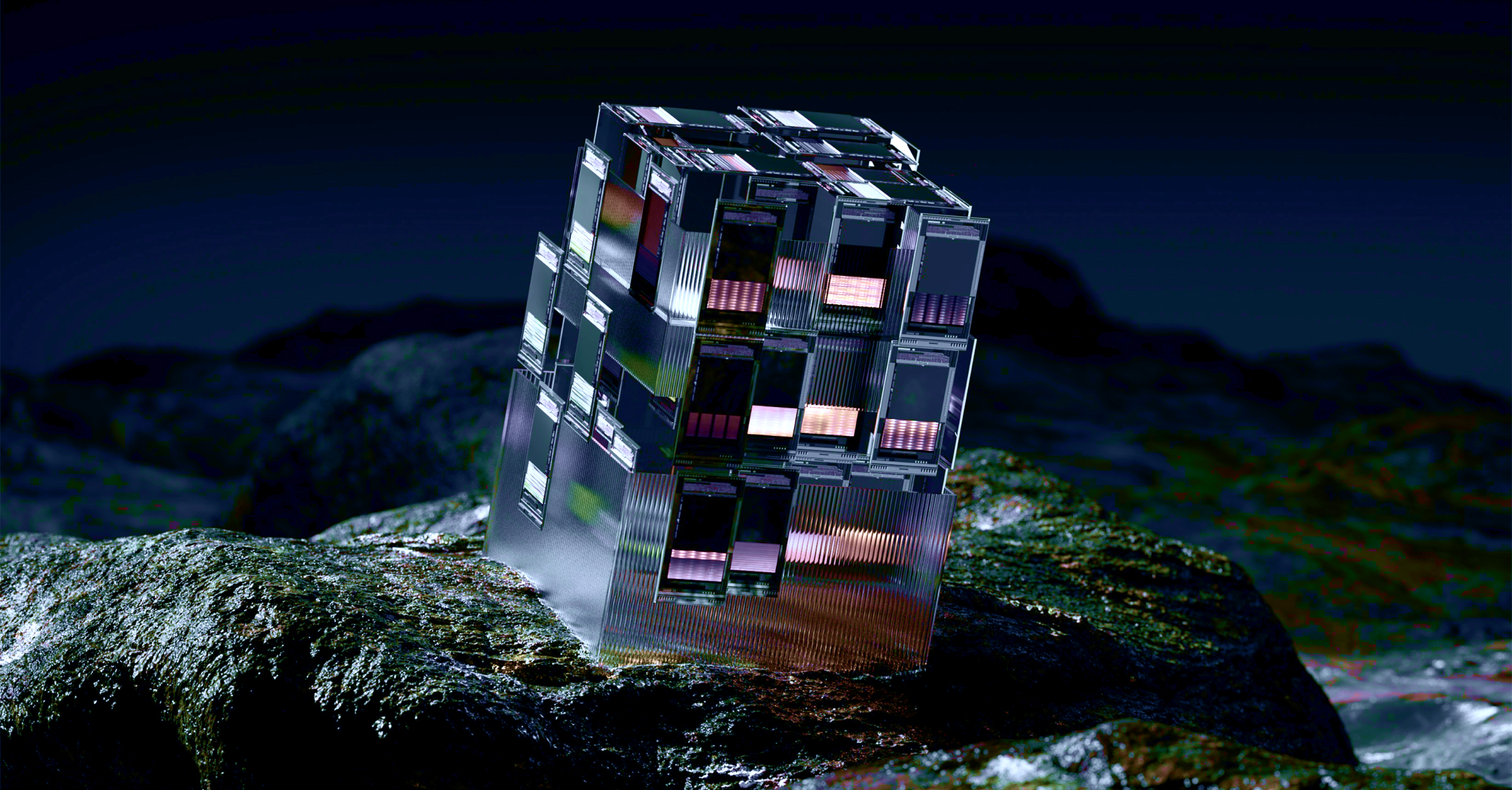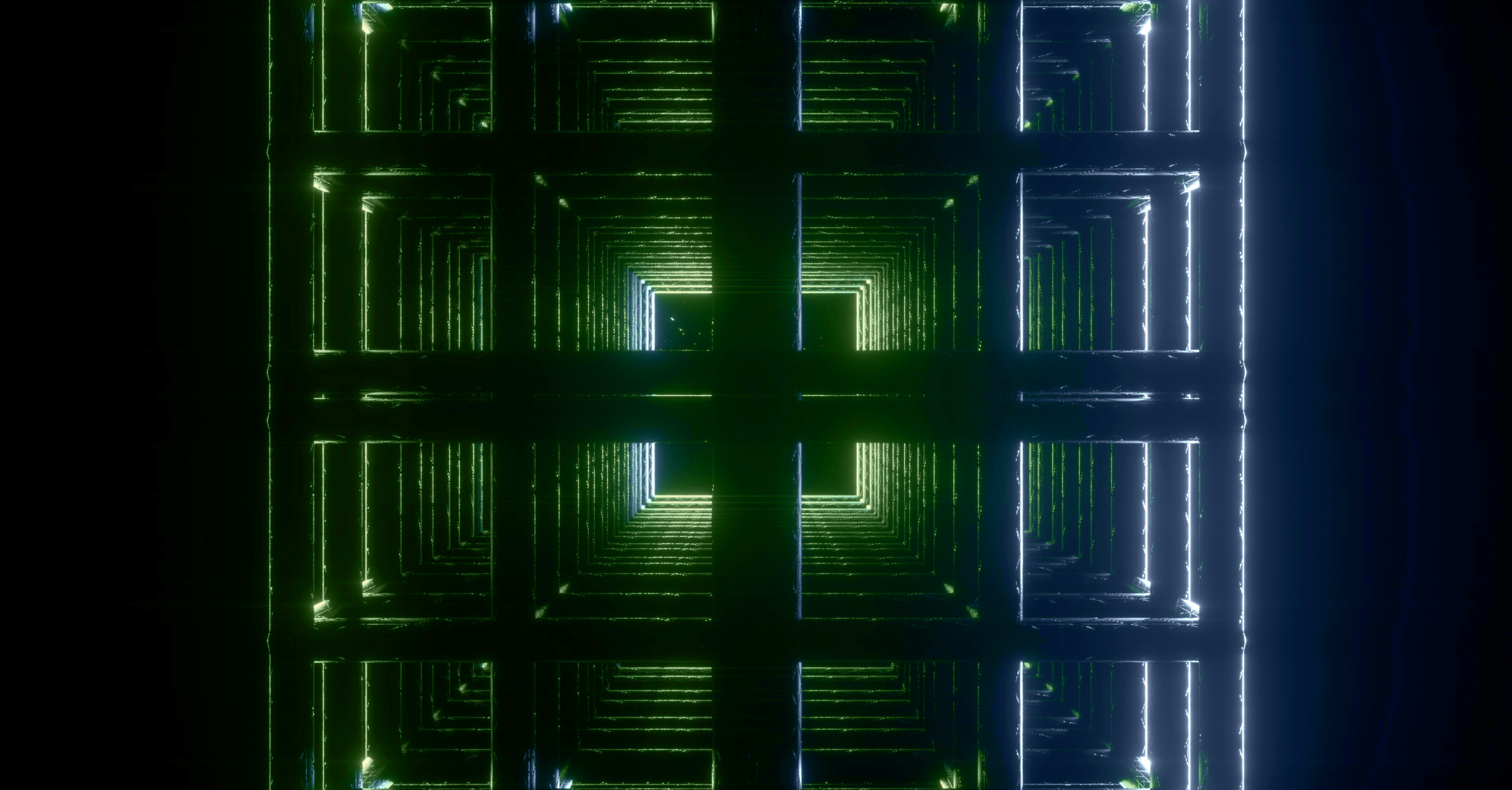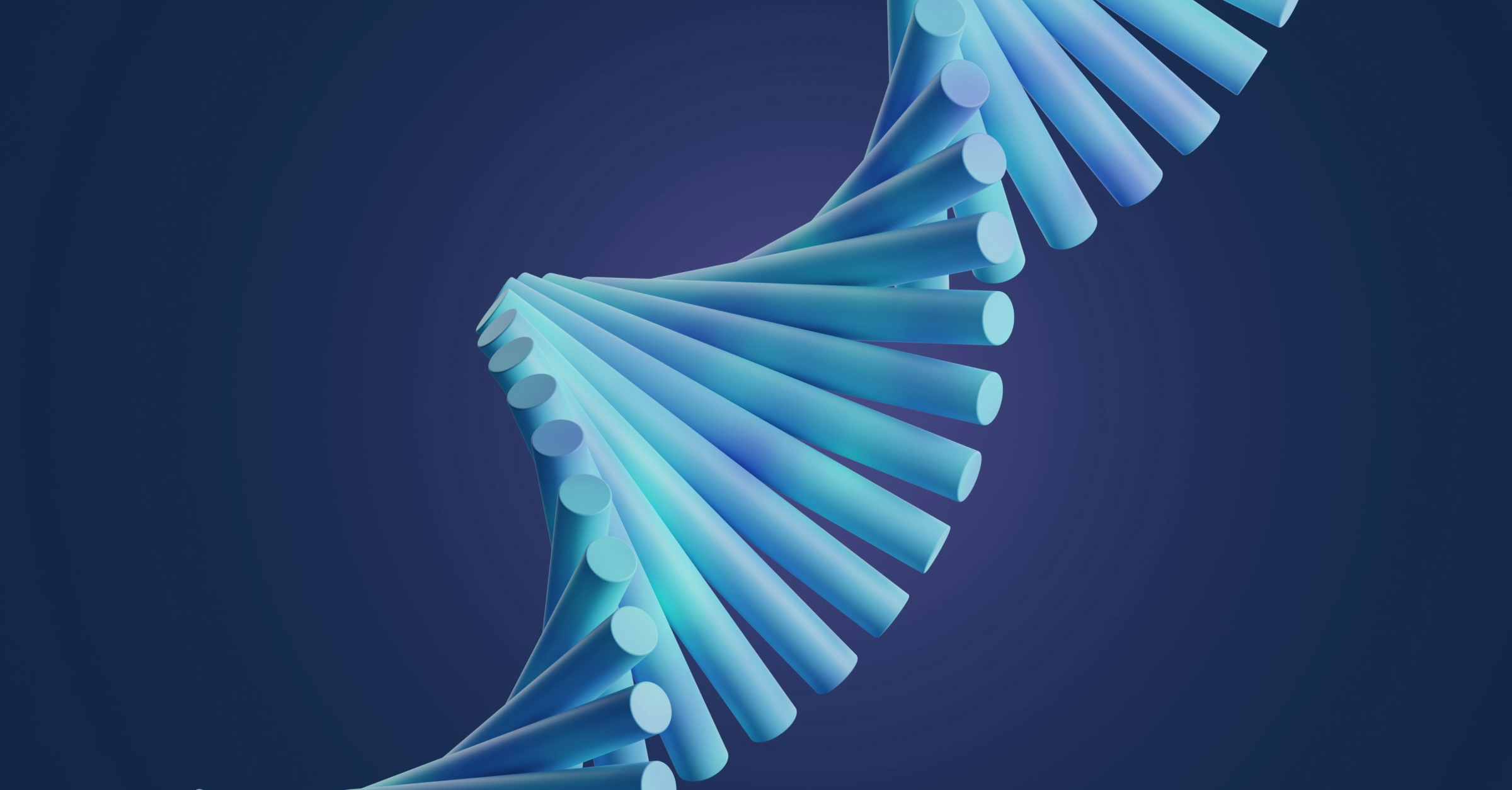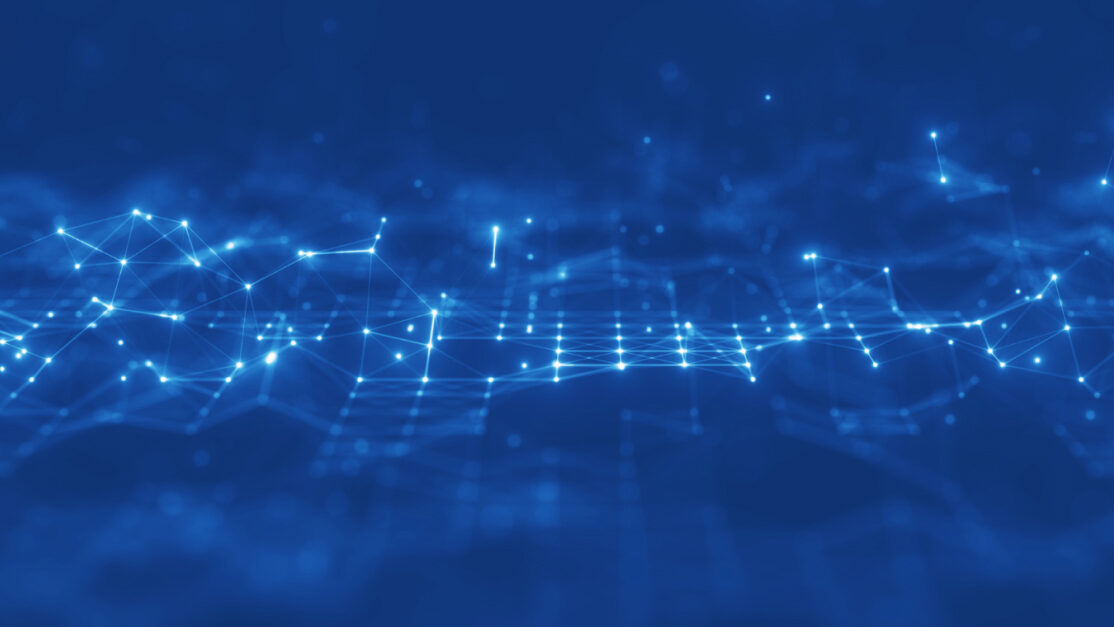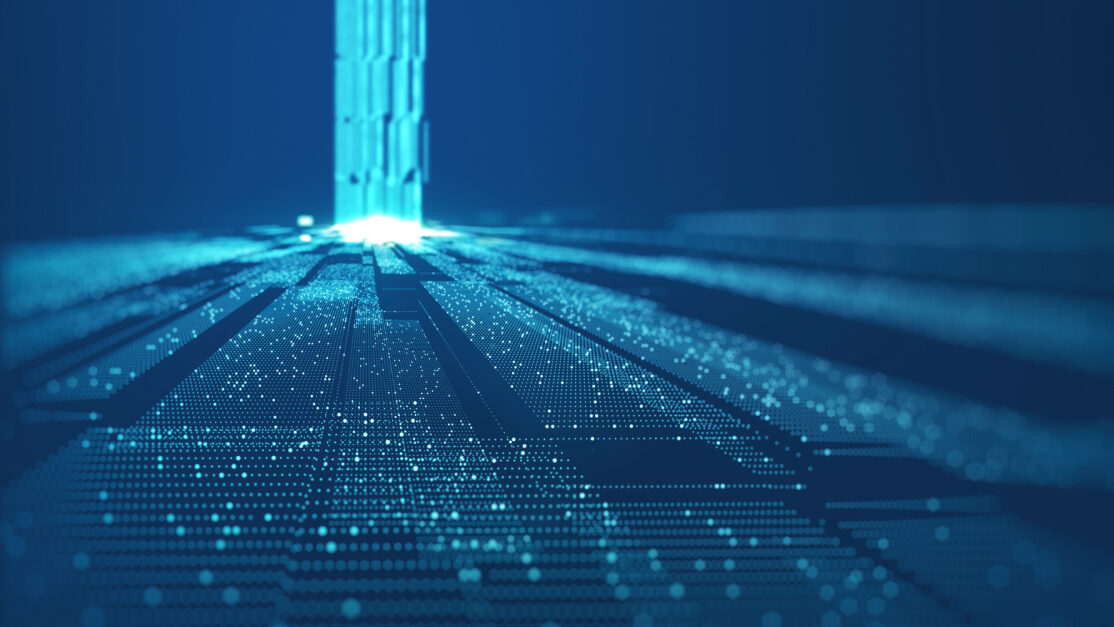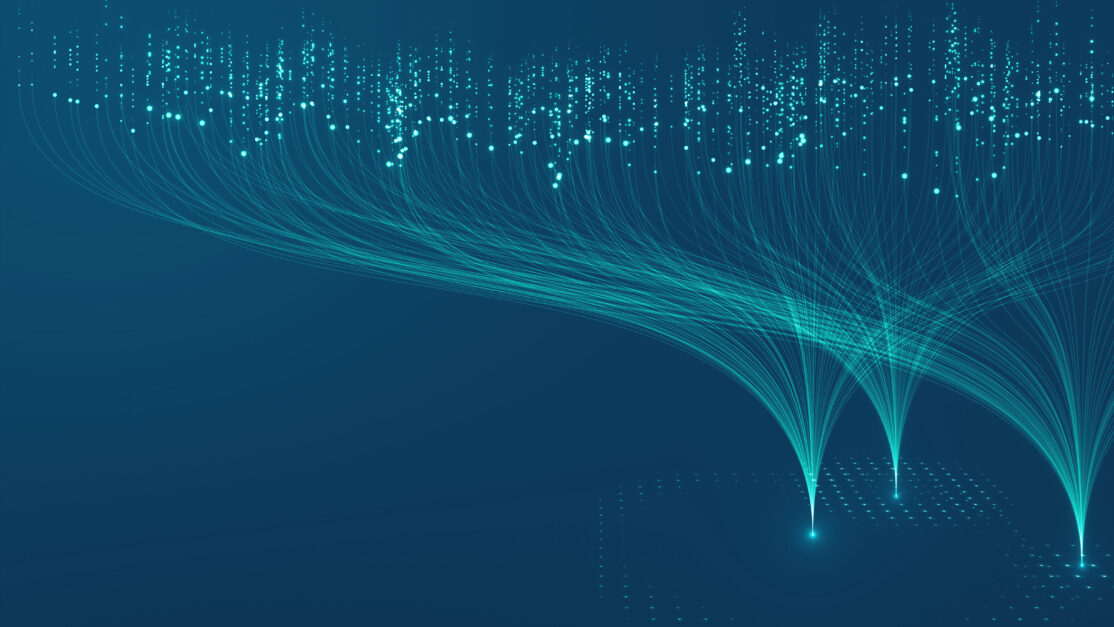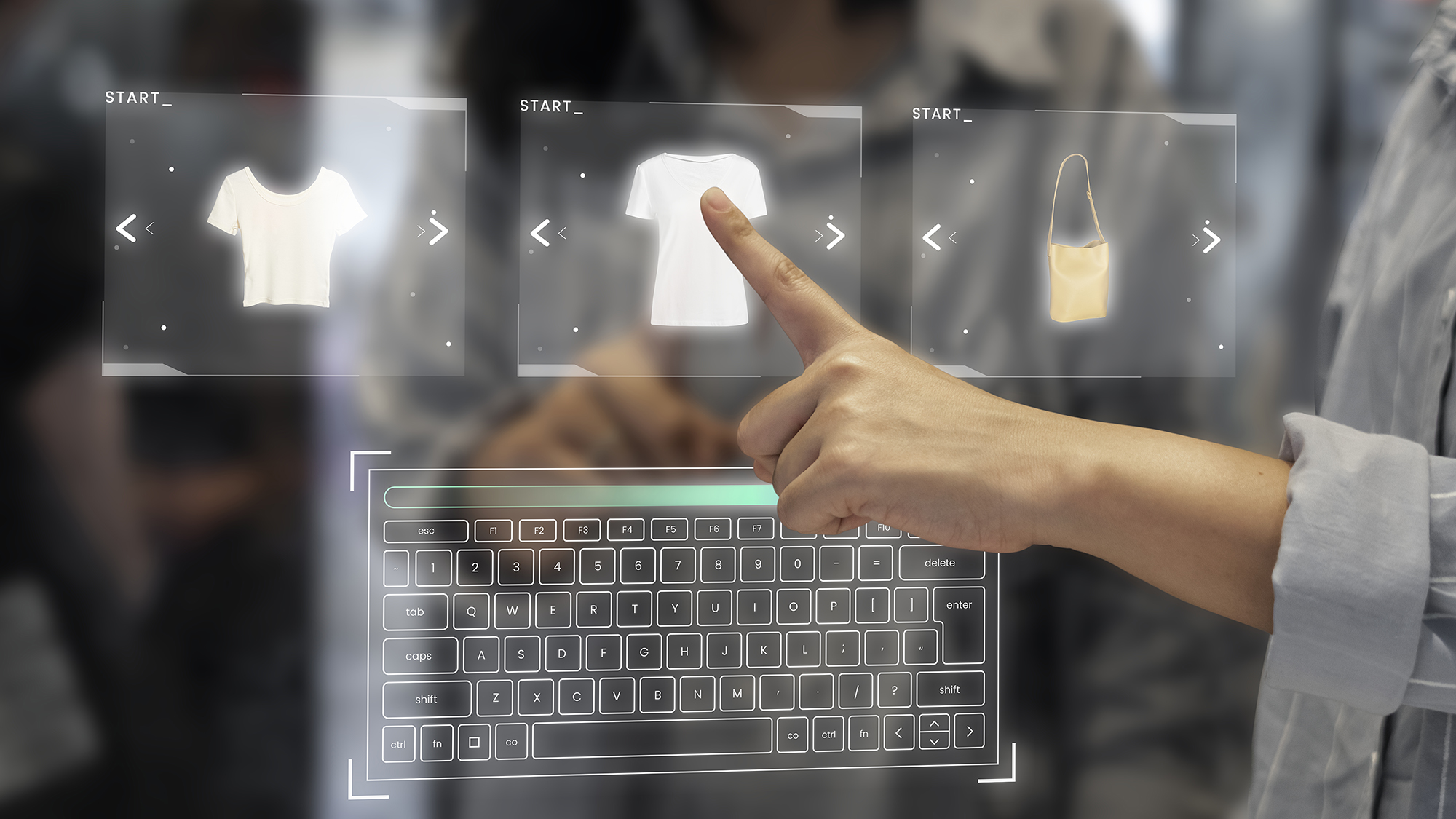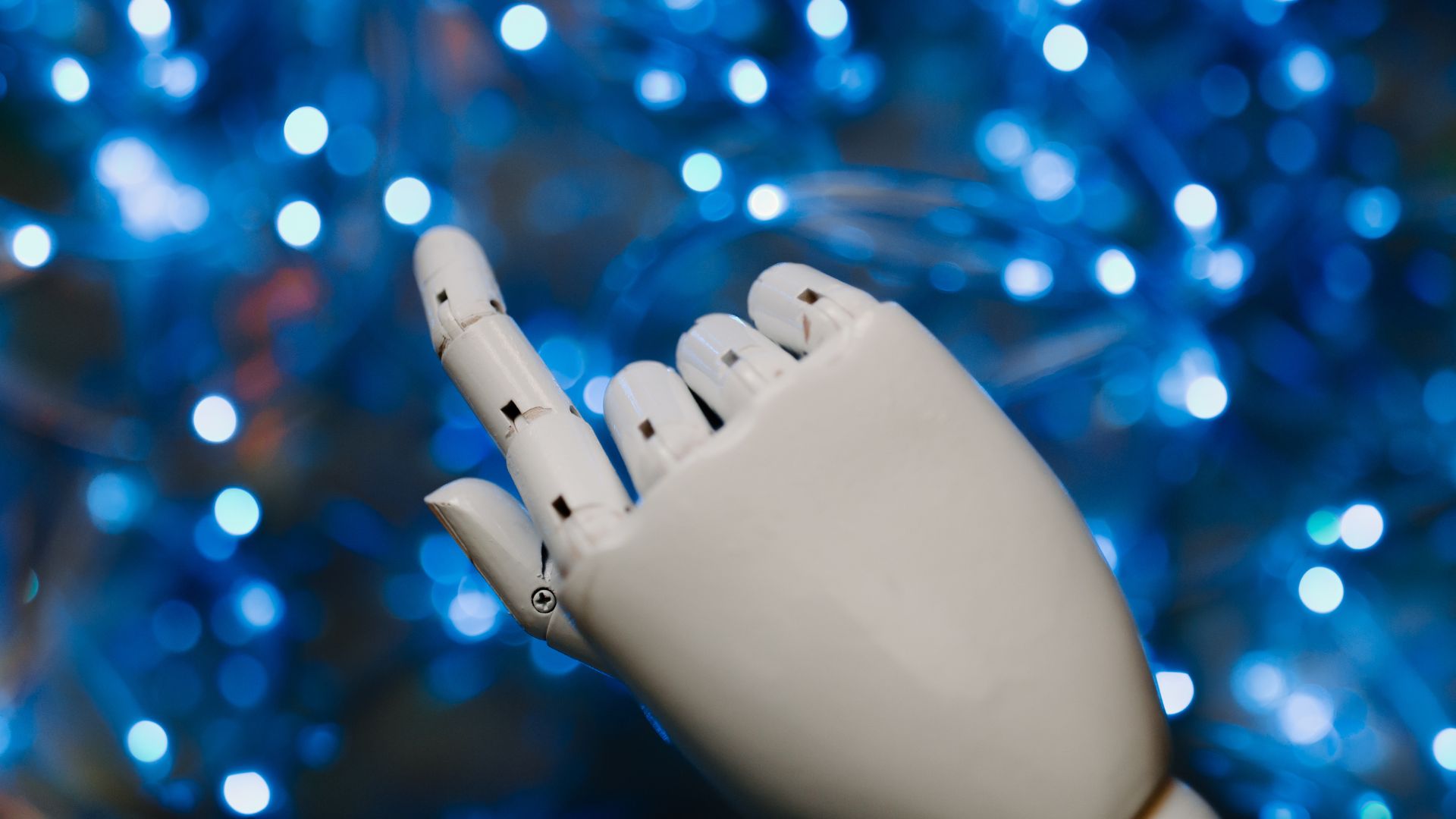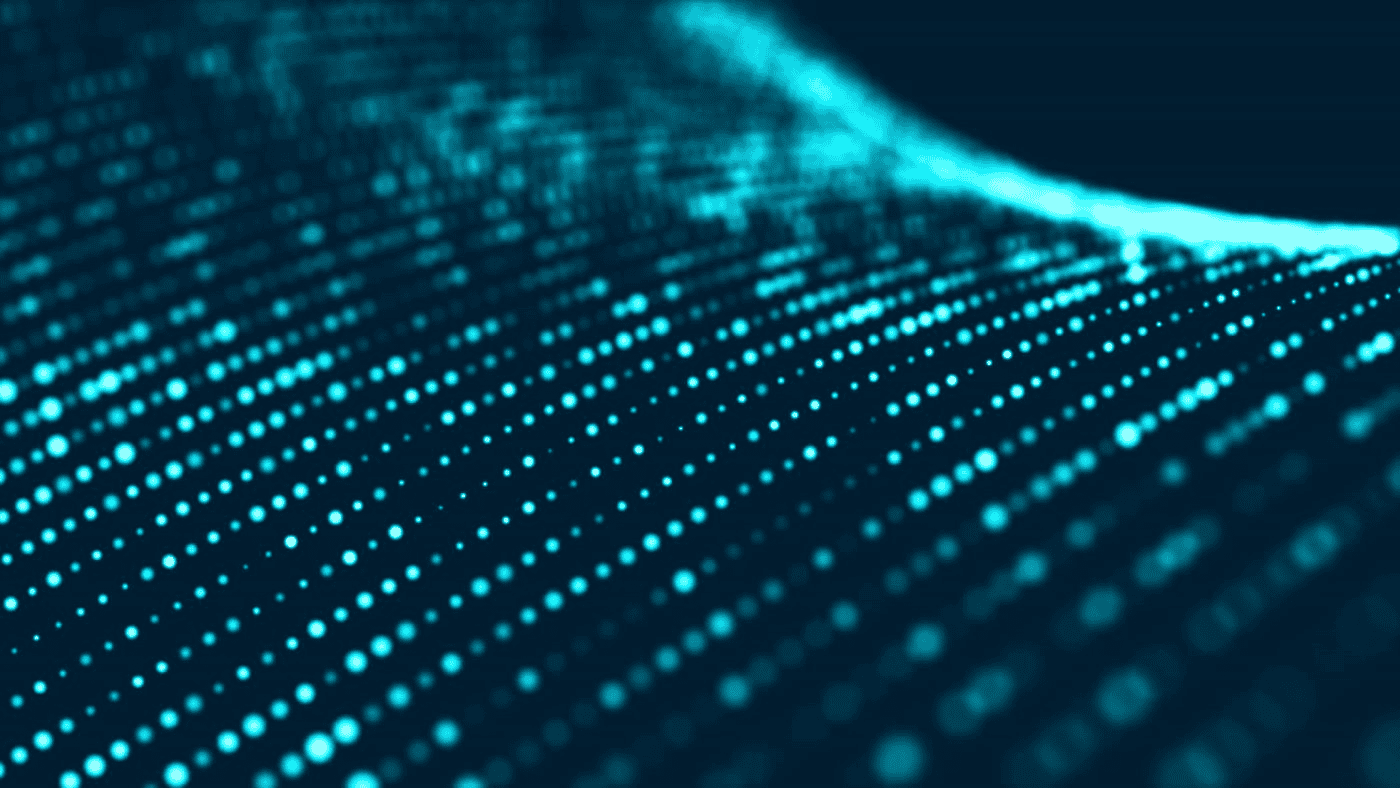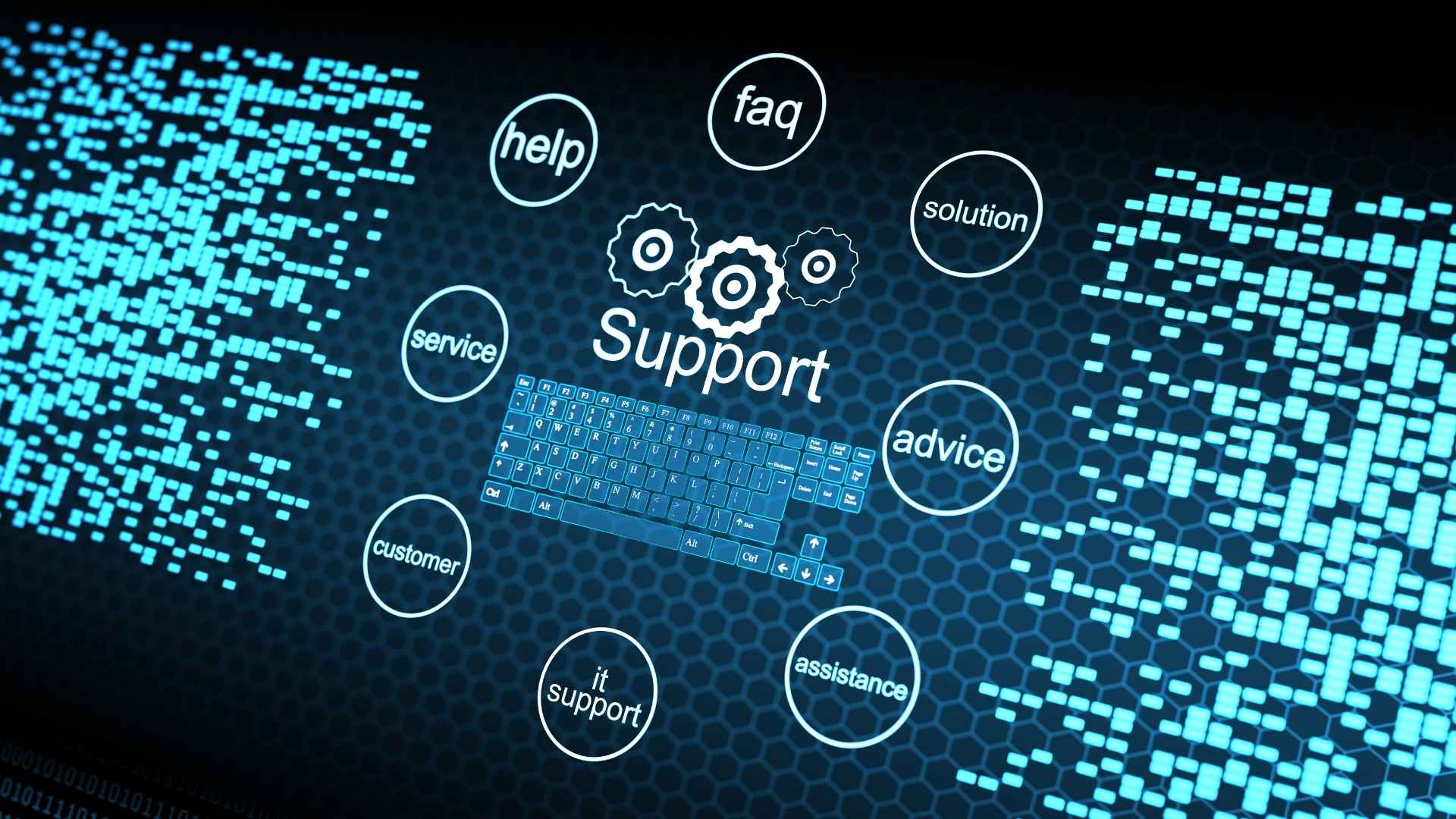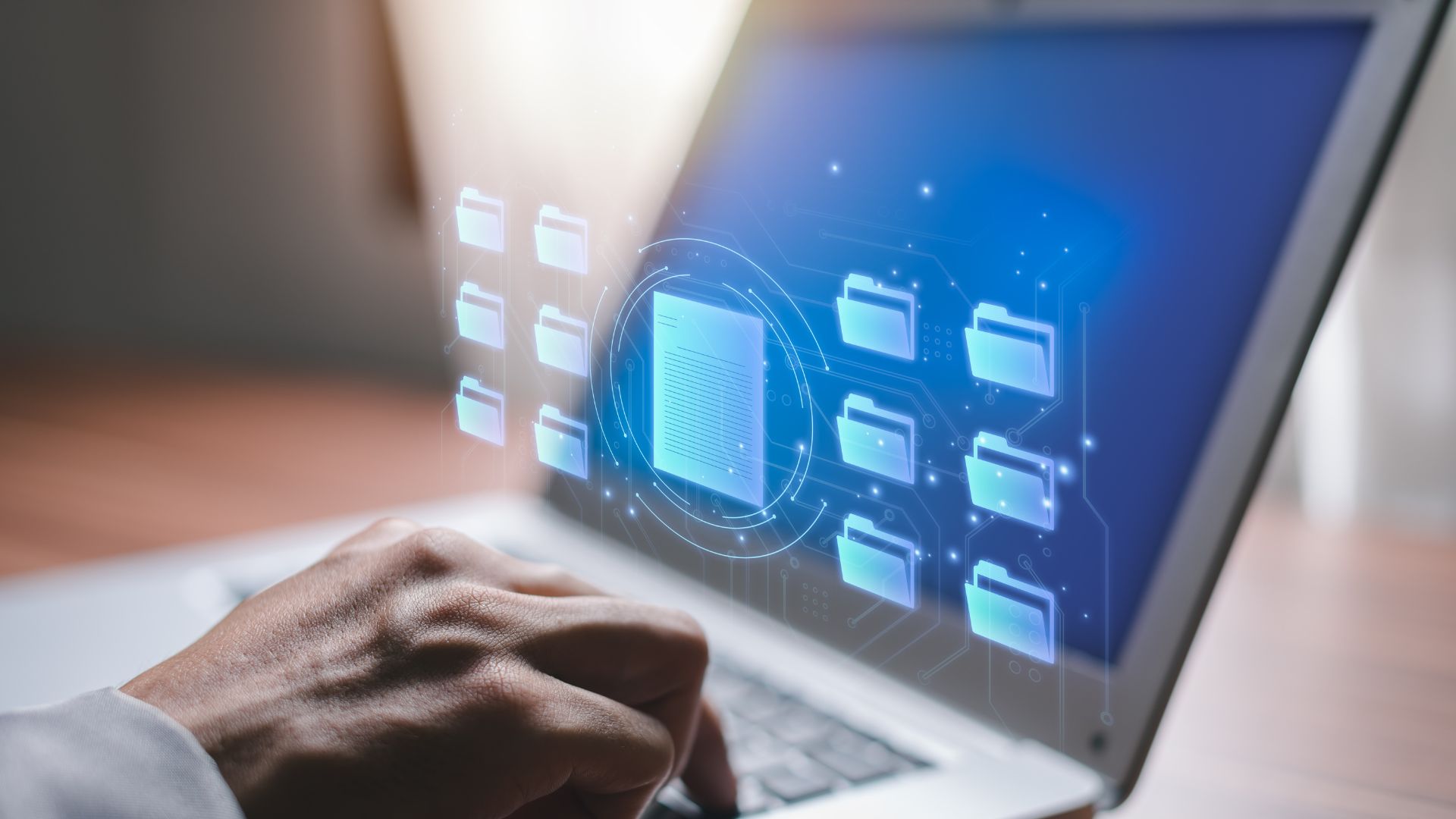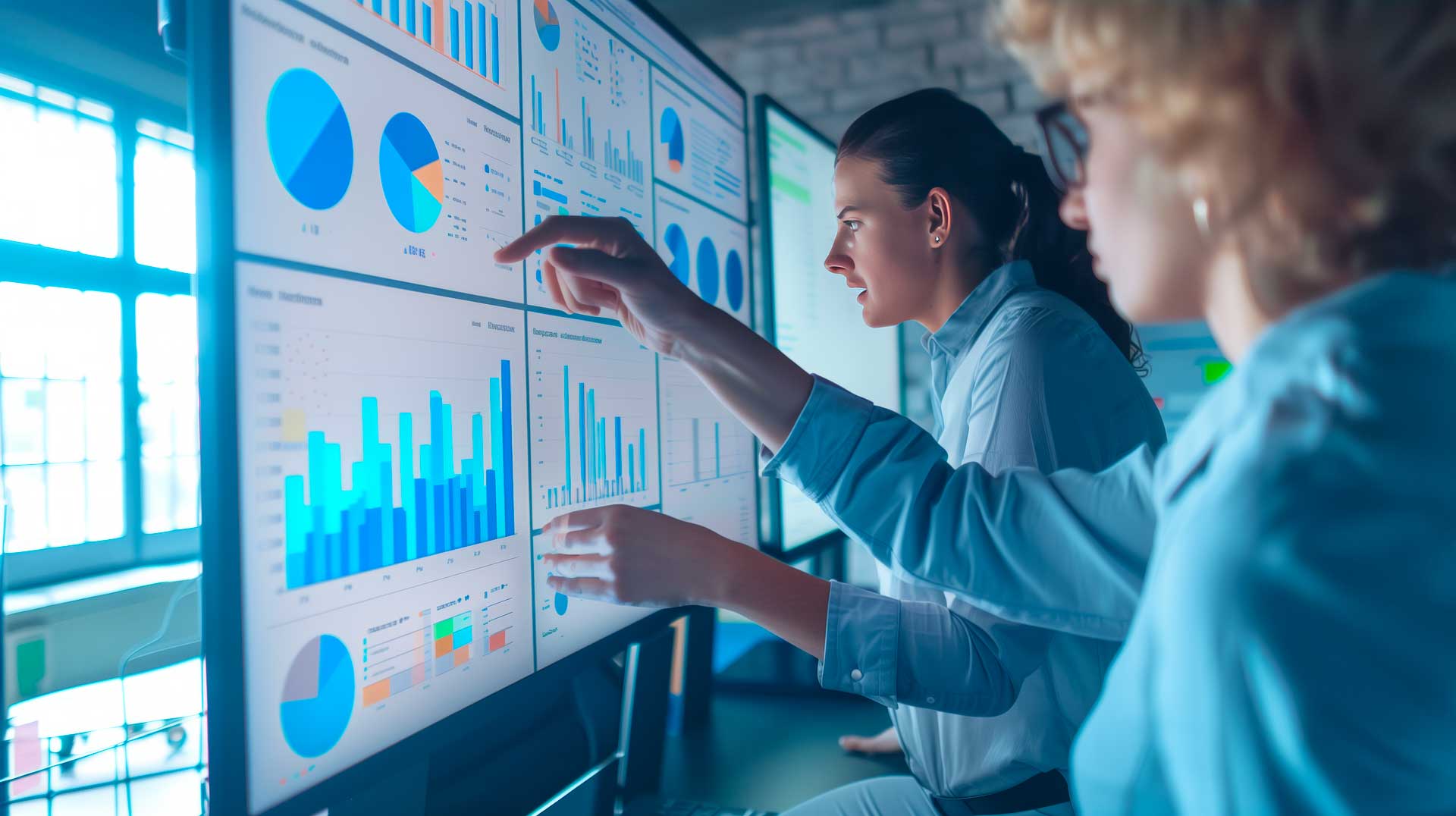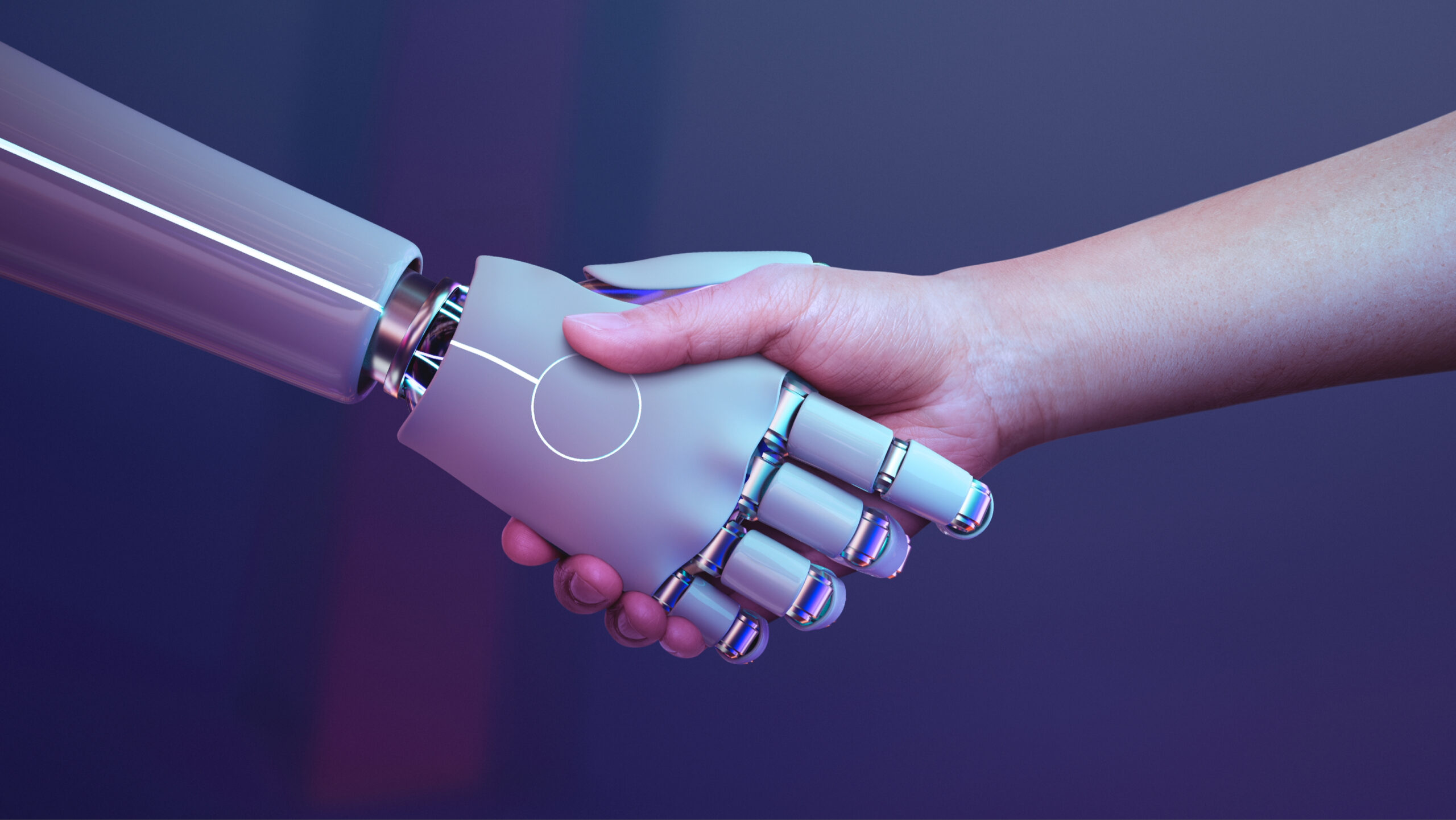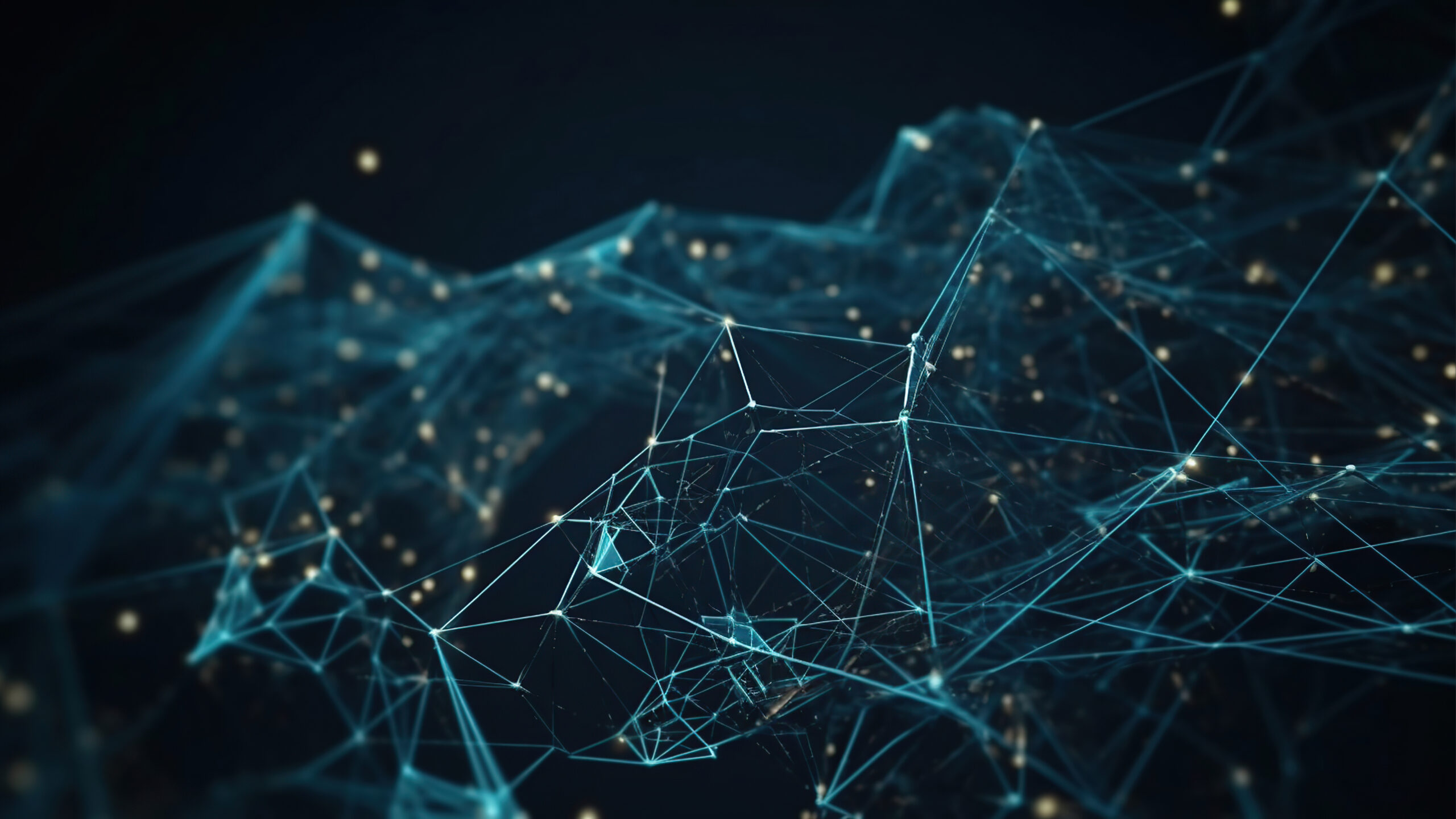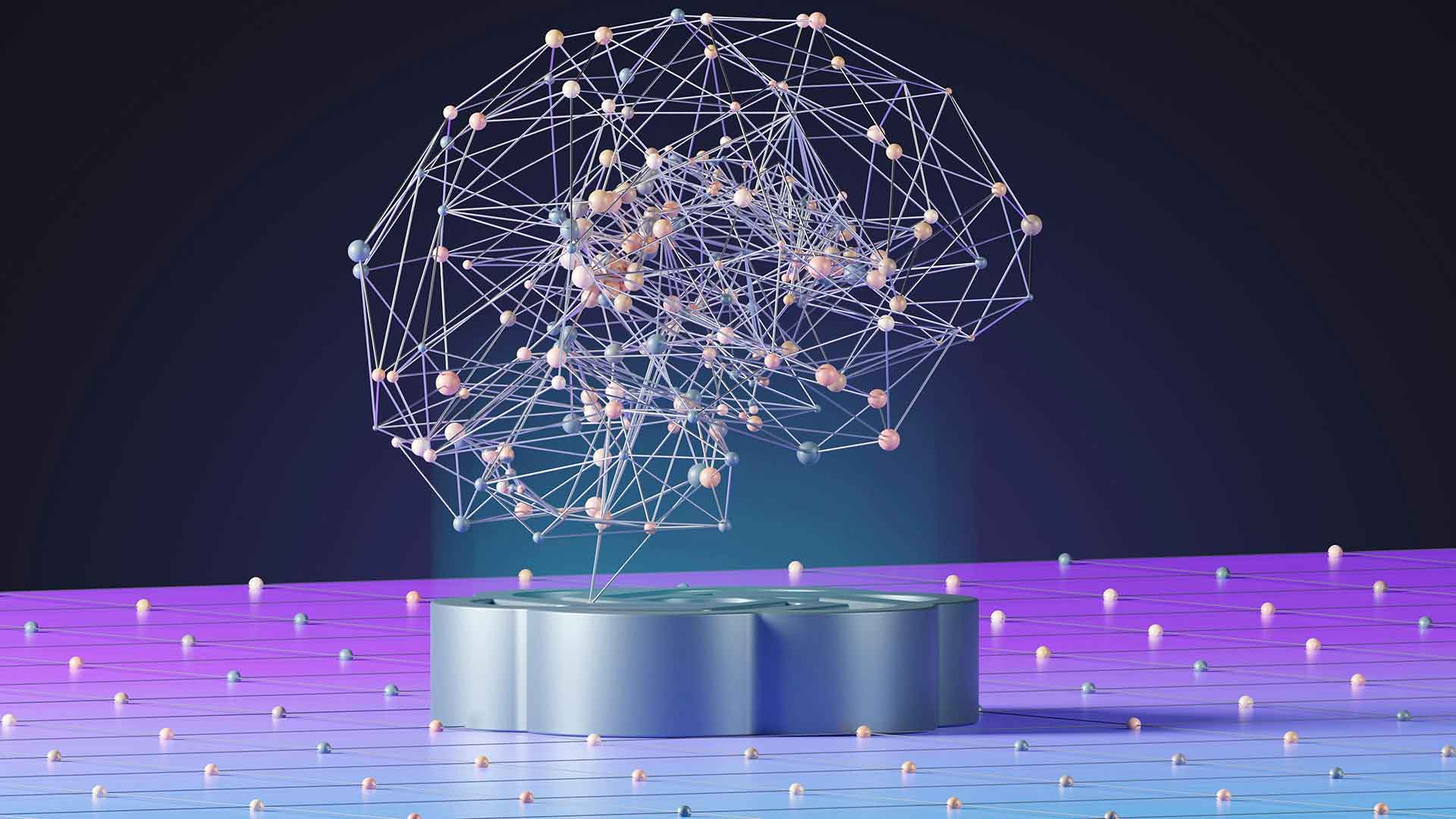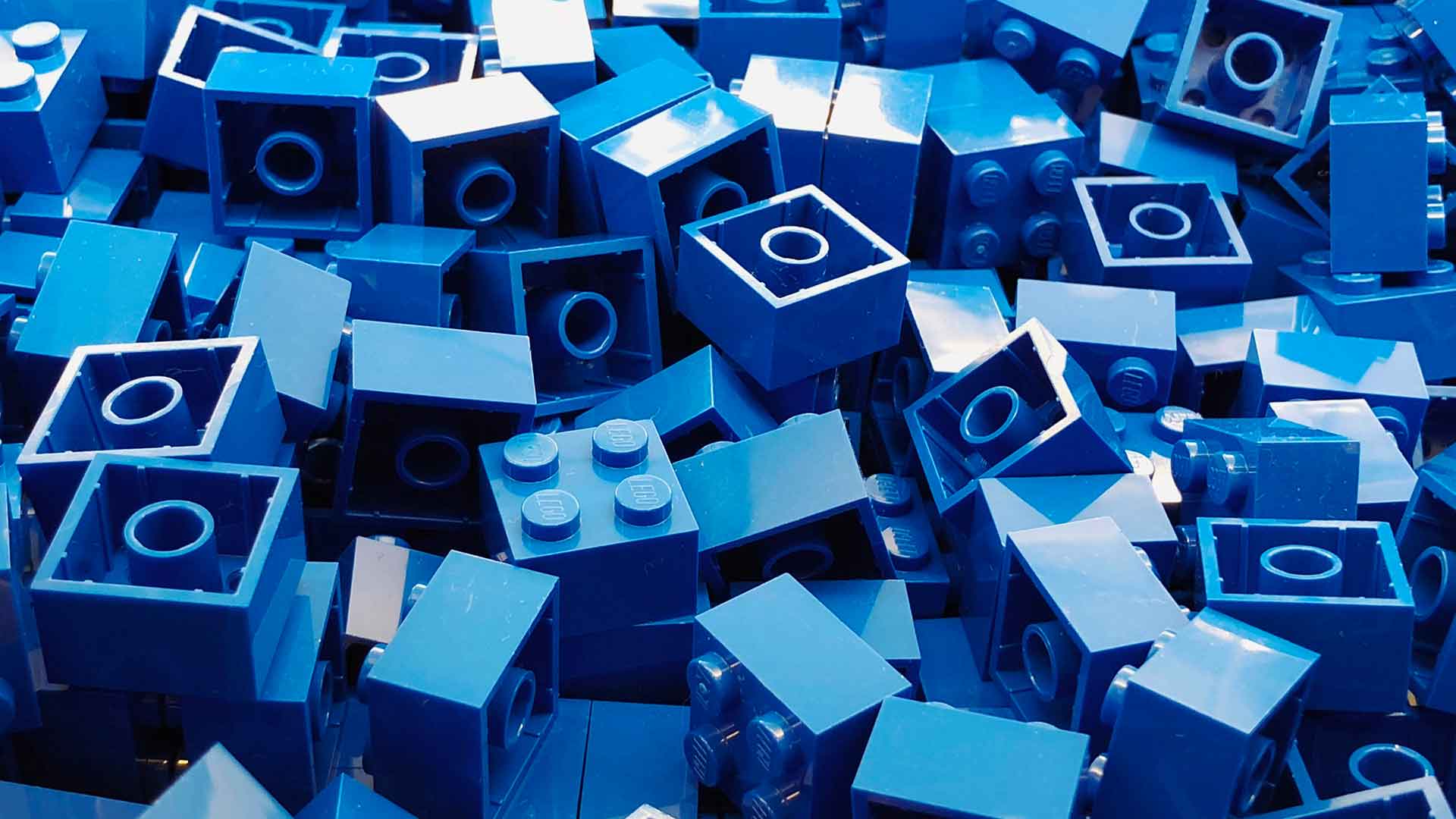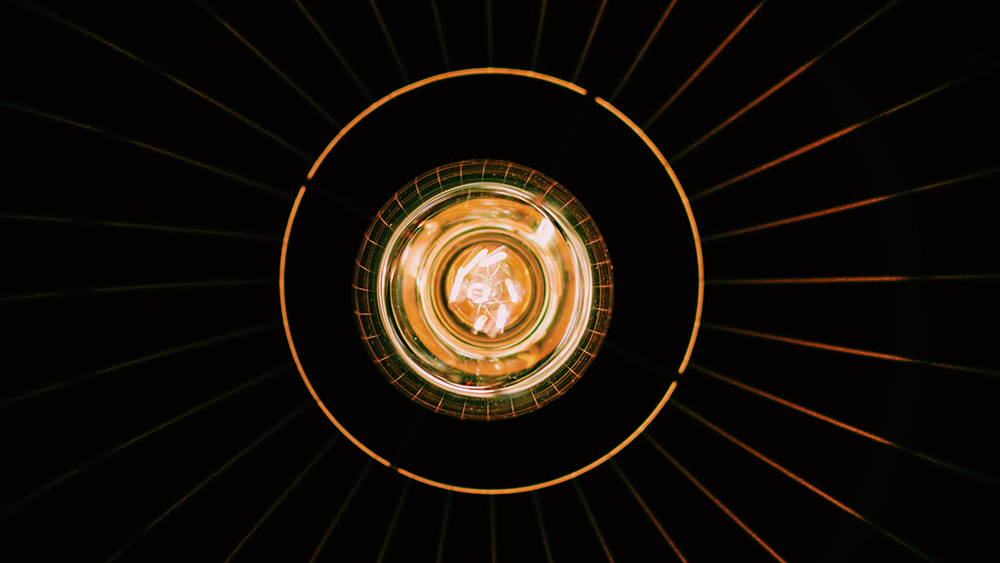AUTHORS

PraveenKumar Radhakrishnan
Lead Manager Exponential Technologies
Head of Blockchain Practice @Bip xTech

Giacomo Franzoso
Chief Operating Officer
Wizkey
Many readers who stumble upon this post might not have stopped to reflect on the technology that made it possible, the tech that makes their connected, social lives tick, one that has been taken for granted: The Internet. That thing under the hood that propels us into the future on a daily basis. But this changed when, following in the wake of the phenomenon of the Metaverse, our collective consciousness was exposed (once more) to the concept of Web 3.0.
Immediately, Web 3.0. was associated to blockchain technology to such an extent that today the two are nearly synonymous. But this association limits a complete understanding of the concept. While it is true that blockchain’s pillars of decentralization and disintermediation that aim to empower the true data generators – the people – is a principal tenet of the future of the web, the version 3.0. of the world wide web aims to be so much more. The Web 3.0. stack includes:
-
- The Semantic Web: Briefly, this component strives to make most, if not all, data that is out there on the world wide web understandable by machines. The keystone of the Semantic Web is Linked Data – “a set of design principles for sharing machine-readable interlinked data on the Web.” The set includes i) assigning URLs for data elements rather than for documents (these are called URIs – Uniform Resource Identifiers), ii) rendering these URIs accessible via HTTP URIs, iii) enable an understanding of these linked data elements via RDF – a framework that enables interconnection of these elements by three-part statements: subject, predicate and object, and finally, iv) include links to other URIs.
While linked data could essentially disrupt the way information silos on the can become interconnected, blockchain goes further to disrupt the way data is stored and managed today. In doing this, blockchain adds a lot of potential benefit to the construction of the semantic web itself such as:
Increased Data Availability: When semantic data is stored in a blockchain which is typically shared peers, it increases the data’s uptime
Data immutability: Semantic Web is increasingly being adopted by public entities to provide open, accessible, and transparent data. The publication and provenance of data in these cases requires a high level of trust. Here, blockchain’s inherent immutability comes into play.
Crowdsourced data: The key to better functioning of Semantic Web is the availability of large quantities of semantic data. While many organizations such as Google and Amazon have embarked on creating such semantic data, the internet is much larger than these corporations and a decentralized approach is required to accelerate the realization of a global semantic web by enabling the participation of external entities, humans and machines. Enter blockchain.
- Artificial Intelligence: The fact that the objective of the semantic web is to render the web readably by machines is often confused as an attempt at Artificial Intelligence (AI). It is important to note that the Semantic Web focuses on the data. It is about creating a universal data model with a structured language that enables machines to programmatically infer meaning between data points and not about enabling a machine to reason. An interesting example is that the semantic web will enable a machine to understand that the picture of a balloon shaped like an animal is not an animal, however, unless otherwise specified in the metadata schema, the machine will not be able to understand what animal the balloon represents. AI on the other hand goes beyond inference and is able to apply reasoning. In the aforementioned example, through machine learning and other similar technologies, a machine can even recognize that the balloon resembles a tiger and not a monkey.
In addition, the Semantic Web is not designed to deal with unstructured content. It is about representing structured data with sufficient metadata and structurally explicating meaning of the underlying concepts and relationships. If you think about it, the heavy lifting in the semantic web rests on the developers who enrich the data with the linked data design principles than on the artificial intelligence. Crudely put, the difference between Semantic Data and AI is that the former is about data representation while the latter is about data interpretation.
Building on the previous point about crowdsourced data it becomes clear that blockchain indirectly can improve the efficacy of an AI by enlarging the quantity of semantic data available to train it. However, a more immediate aspect where blockchain can provide an impetus is AI adoption. The technology’s immutability and transparency can create more trust for AI. One school of thought professes that an obstacle to increased AI adoption is the lack of the ability to explain the decisions made by the AI step by step. But what if one were able to immutably and transparently store an AIs every decision point? Enter blockchain and a wider acceptance of AI.
- Connectivity: Another characteristic of Web 3.0. is the increased level of connectivity. In this context connectivity does not intend the generation of the internet (4G, 5G, etc.) but the quantity and variety of devices connected to the internet. While the Web 2.0 already gave an impetus to the proliferation of IoT (Internet of Things), Web 3.0 is expected to lead us into the era of IoE (Internet of Everything) thanks in part to the fact that people no longer will be dependent only upon PCs and smartphones (speaking of the majority) to connect to the internet but many other connected devices as well, and in part to the evolution of the semantic web as discussed earlier with its linked / connected data.
This improved ‘connectivity’ is also poised to take us beyond the Human-Machine interaction to an era of unprecedented Machine-Machine interaction. Imagine a scenario where machines not just send small packets of data between each other and execute predetermined tasks based on the data received but are able to infer and interpret the data to address increasingly complex automation scenarios.
Blockchain has a symbiotic, mutually beneficial relationship with IoT. While IoT helps blockchains solve their oracle problem (verification of data before being immutably registered on chain), blockchains enhance IoT by rendering IoT data tamper-proof and increasing device security.
- Spatial Computing: With the evolution and increased adoption of extended reality user interfaces such as Virtual Reality (VR), Augmented Reality (AR) and Mixed Reality (MR), it is no wonder that Web 3.0. has yet another synonym: the spatial web. While the semantic web, artificial intelligence, connectivity and blockchain components will alter the internet at an infrastructural and informational level, spatial computing will revolutionize the web at an experiential level. And this is already happening with the internet going beyond social media and mobile devices to immersive, engaging metaverses that offer a digital and parallel reality, realities in which data can be interacted with in an intuitive and visible fashion.
Blockchain plays a key role in enabling creator economies and interoperability within these immersive environments. The technology enables users of a certain virtual space to characterize their actions and pack them into lines of code (NFTs) and reproduce these attributes in another digital space without an express need for these spaces to be directly connected. Blockchain provides the connectivity.
- Blockchain: Perhaps, at the time of writing this article, nearly fourteen years since the advent of blockchain, this technology needs no introduction. Its value drivers such as immutability, disintermediation, programmability and automatability (read: smart-contracts), and ubiquity have driven its adoption in various sectors ranging from Finance to Agri-Food, enabling in each of them various use-cases such as cryptocurrencies and alternate coins, ICOs (Initial Coin Offerings), DAOs (Decentralized Autonomous Organizations), DeFi (Decentralized Finance) and DApps (Decentralized Applications) for track & trace, decentralized parametric insurance, Tokenization (read: NFTs), Self-Sovereign Identity (SSID) etc., adopted by enterprises as well as blockchain-native startups/scale-ups.
Yet, despite its inherent advantages, this technology cannot function without the Internet. And while Web 2.0 was key in the development of blockchain from a technological perspective, things have now turned volte-face with blockchain (specifically the public variant) having now become one of the driving tenets of Web 3.0.
The focus of this article will be on the decentralization aspects of Web 3.0 and how blockchain technology enables it, followed by an analysis of how a decentralized web is set to disrupt the energy sector.
Web 3.0 embraces blockchain technology to address the following aspects:
- Data ownership: People generate data when browsing the internet, wearing connected devices, mobile devices that track movement, etc. All this data is currently channeled into the companies providing these services. Since the advent of GDPR these companies have had to furnish Terms and Conditions that render a user’s data as private as possible, even going to the extent of giving the user power to request deletion of personal data. However, users neither have control of how these companies monetize their data nor receive an equitable share in the proceeds. Blockchain, through its decentralization, programmability (smart-contracts) and pseudonymity, can be leveraged to give data ownership back to the user. Fundamentally, this would enable individuals to profit from their data in the way they see fit.
- Increased network security: Blockchains (specifically permissionless, public blockchains) are relatively more secure compared to other networks. The first aspect is covered by the cryptographic linking between the blocks that make up the blockchain (every block header contains a hash of the entire blockchain until that point in time, and so on, making it nearly impossible to rewrite information at a given point in the chain without expending enormous resources). The distributed and decentralized nature of the network makes it very difficult to identify the people behind the nodes involved in a consensus to come together and subject the network to a 51% attack (even in the off chance that this happens, game theory kicks in and all the native crypto earned by the miners will spiral in value). This is not to say that Blockchains are perfect. Any solution developed around the blockchain still must account for routing attacks, sybil attacks and phishing attacks.
- Interoperability: By providing a global data layer, blockchain technology promotes interoperability between various devices and platforms without the need for expensive and resource consuming integration efforts. Indirectly, this also accelerates building of new eco-systems through quicker onboarding of stakeholders and their IT systems.
- Uninterrupted Service: Distributed, decentralized networks do not have a single point of failure. In addition, data redundancy also plays a key role in enabling services offered by decentralized applications to have a high uptime.
- Disintermediation and value to peers: Blockchain, as should be well-known by now, promotes disintermediation of value chains in various sectors that enable more value creation for the peers transacting via such networks. An example is the energy wholesale trading scenario where middlemen command exorbitant fees to execute trades on behalf of the players.
Web 3.0. in the Energy sector#
As stated above, Blockchain is the backbone of Web3.0. For this reason, it can be applied in many sectors thanks to its tamper-proof, secure, and transparent ledger that can easily track the digital assets and information circulating on it. The capability of blockchain to transfer value in form of digital tokens and to process thousands of transactions in an automatized fashion, makes possible the creation of complex and automated networks which can facilitate more error-free and efficient management. The integration of IoT devices and the addition of AI and machine learning algorithms into Web3.0 is disrupting the supply chain of several industries, enabling the creation of new markets and financial models.
One of the firsts sectors (besides finance) that has been heavily influenced by the application and experimentation of Web3.0 is the energy sector. Since 2017, a lot of projects arose, experimenting the addition of a blockchain layer in different segments of the value chain in the sector. Most of those projects simply resulted in costly marketing operations, without delivering anything useful (or tangible at least). Other solid projects, despite several successful pilots, failed in the industrialization phase. On the one hand, the complexity of the energy sector makes it difficult for companies to be competitive, as it requires huge amounts of capital and a considerable amount of legal work to be compliant with regulation. On the other hand, the conjunction of blockchain with IoT devices and AI is at the beginning of its development and requires a completely new infrastructure that currently is being built. It requires time to be properly deployed (not to mention the needed regulation that is still out of sight) and non-negligible investments in terms of money and effort. Anyway, we’re in the middle of the transition to a more digitalized, efficient, and cost-effective energy generation and distribution thanks to these new technologies.
Bip. experts from the Energy and Industrial sector highlight the following trend.
The energy sector landscape is drastically evolving. What used to be a highly regulated, stable value chain, where roles and responsibilities of all actors involved, from producers to mid-stream and wholesale operators, were clearly defined and univocal, is quickly transitioning to a more dynamic, decentralized model, where responsibilities over the stability and sustainability are shared across the Energy system actors.
In particular, a main macro-trend is rapidly emerging: the decentralization of network operations decisions. This will require a breakthrough in the way data are collected, elaborated and shared, to allow all actors to take informed decisions on an increasingly shorter timeframe.
Traditionally, accountability over the network stability and continuity of the energy system has resided on the TSO shoulders only. In the near future balancing responsibilities will progressively be shared across all actors of the energy value chain: power plant operators, DSO and end-users/prosumers will closely interact with the TSO to provide it with the flexibility tools that will be required by a system increasingly reliant on a REV-based generation mix.
Those flexibility tool will include the demand time- and space- shift allowed by Demand Response, the spare production and storage capacity offered by prosumers and energy communities during overgeneration or overload times) with the effect of:
- Paving the way to new business models, based on the integration of energy vectors whose value chains have been traditionally segregated (e.g. electrical and gaseous fuels sectors), by leveraging on energy vectors’ conversion to provide the electric infrastructure with several alternative energy storage solutions, potentially more economically viable than the current electrochemical technologies, particularly for seasonal unbalances
This requires a close coordination among energy systems’ operators to move from a “single system” to a “comprehensive energy system” optimization, which is in turn based on their ability to reliably exchange information on a real time base
- Multiplying exponentially the number of energy transactions between energy players, which in turn would require if not properly tackled by the introduction of a blockchain-based transaction registry
- Fostering the need to access open, non-discriminatory and un-tampered real time production, demand and nodes saturation data to let each active participant make informed, evidence-based decisions
- Introducing brand new actors (e.g. demand aggregators) who will leverage on end-use and prosumers assets to sell an innovative range of flexibility services (e.g. V2G) to the network operators, and will require an unprecedented degree of visibility over third-party connected assets
All of these drivers can unleash their full disruptive potential only if enabled by a blockchain enabled web 3.0 architecture, which will make it possible to all energy actors to seamlessly interact and exchange the “intangible fuel” of the 2050 Energy system: INFORMATION.
Nowadays it is common to hear that the only application of blockchain technology in the energy sector is the management of digital identities of devices. This should enable these devices to exchange data in a trustless and secure environment, respecting their privacy and the privacy of their users. This could be true from a certain standpoint if we are not considering the ongoing development of blockchain technology in parallel with IoT and AI (machine learning in particular).
There are three main use cases for Web3.0 in the energy sector that this article wishes to touch upon:
- Energy trading: creation of micro-grid, Local Energy Markets (LEM) and streamlining the complex system management
- Improved grid management
- Renewable Energy Certificates
Renewable energy segment is gaining more traction as governments all over the world are incentivizing green economy to fight climate change. The expansion of the renewable energy market is accompanied by the creation of micro-grids i.e., local energy generators that are also consumers (the so-called prosumers) and sell the excess energy to designated area (e.g., a neighborhood, an industrial complex, a port’s dock etc.) or directly to the main grid.
So, the energy industry is increasingly decentralizing its processes and functions and the coordination needed between the parties involved is paramount to make the system function properly. And what is the technology best suited to serve this purpose: Web3.0. With its architecture based on the coordination of actors in a trustless fashion, its immutable, secure, and tamper-proof ledger and the possibilities offered by leveraging smart contracts, the blockchain is the technology that perfectly fits, along with IoT and AI, the transition to a new, decentralized energy market infrastructure.
The transformation of energy trading is one of the direct consequences of the new infrastructure. The current state of energy trading is fraught with inefficiencies. These problems are mainly due to the lack of real-time data relative to energy generated by power plants and the distribution or stocking of this newly generated energy. As a result, energy consumers cannot rely on a market functioning in real time comparable to a stock market leading to a loss of the generated energy. Digitization of the entire process of generating and distributing/selling energy and decentralization of the ensuing information thus becomes key to benefit the market.
We briefly consider micro-grids and their effectiveness in the creation of LEMs, being a great example of how a digitalized process and the use of exponential technologies could benefit the entire market. Let’s start with an example: the microgrid implemented in the Port of Rotterdam, the biggest commercial port in the world, and the energy trading market app, based on AI and blockchain.
This pilot project, named Distro and conducted by S&P Global Plattel and BlockLab in 2020[1], consisted in the creation of a LEM in the port of Rotterdam, innovation docks. Rooftop solar panels were installed on the facilities to generate power, several batteries were deployed for the storage of excess energy generated. Then, a platform for automatized high-frequency trading, based on blockchain, was developed to manage buying and selling within the LEM, in an automatized fashion leveraging AI, through trading algorithms, frequently used in the stock market. Once a dock needs more energy, the system automatically channels to it the quantity needed, buying it at the best price possible, taking into consideration the quantity, the source, and the time slot available. This is possible thanks to real-time feed of data taken from smart meters installed in the microgrid and certified through blockchain. An order book is then structured using this data and an AI powered trading algorithm matches offer and demand in the best possible way. The blockchain is used as transactional and settlement layer, using its ledger to record all the transactions finalized and the tokenization of assets to simplify the management of the system. From an economic standpoint, Distro was a success: energy users’ costs were lowered by an average of 11% and renewable energy producers saw their income raised by 14%.
The complex system created for Distro was made possible by the creation of a new infrastructure using latest technologies. The solution enabled a better data management, a frictionless market and more flexibility in the energy production and distribution. Web3.0 brings several benefits:
- Reduced transaction costs, creating a certified history of everything that happened in the grid
- Improved access to marketplaces, streamlined KYC processes and coordination between actors
- Peer-to-peer trading in a secure environment, with an increased transparency for stakeholder while not compromising privacy of participants
- Better regulatory compliance thanks to real-time data feed and improved management of huge amount of data.
These benefits alone, should be enough to encourage the transition to the new infrastructure, now more than ever as of the current situation due to the Ukrainian conflict, the sanctions imposed on Russia and the consequent energy market crisis. Web3.0 allows the creation of a more flexible and efficient markets, enabling consumer participation in the process of generation and distribution of energy through peer-to-peer trading, micro-grids and LEM.
To complete this new infrastructure, Web3.0 could also address another pain point in the green economy: Renewable Energy Certificates (REC). One REC is equal to 1MWh of energy generated through zero-emission sources (e.g. solar panels, hydroelectric power plants, wind turbine etc.). It could be bought by enterprises to offset their carbon footprint by adding them to their ESG balance sheets. REC market is international, so anyone in every part of the globe could generate one certificate that is then sold on the other side of the planet. The problem is: electricity generated for the REC could be generated from non-renewable energy sources. In this case, the carbon offsetting is still on the balance sheet but it has no real impact. Web3.0 easily addresses this problem. It improves the tracking of energy creation and distribution whose tokenization could help to know with certainty the source of generation that underlines a REC.
Thanks to data availability in real time and to the creation of digital assets using these data as underline and an overlay of AI to improve ongoing processes through the training of ever-improving machine learning algorithms, it is possible to create Web3.0 applications that streamline and standardize the way we manage energy generation and distribution. This is a crucial point, as there is no standard process in the certification of renewable energy. Let’s take solar parks as an example: the building of a solar park in Italy takes a ton of documentation to be approved. Then, the management and maintenance of it requires an equal amount of paperwork. Furthermore, the management of the power generated and distributed to the grid needs even more documentation. All these documents, very different one from the other, are all required by law. The diversity among documents makes it a complex operation with a lot of inefficiencies and added costs for various intermediaries.
A standardized approach made possible by the use of a platform that covers all the process in an end-to-end fashion could be disruptive for the sector. It lifts the regulatory burden from investors and regulators, being sure that all the steps have been checked and approved by relevant parties.
Such a standardized process could be the first step to the widespread adoption of micro-grids, peer-to-peer energy trading and LEM: on the one side regulators and competent officials will have a single source of truth, tamper-proof, transparent and easily accessible; on the other side, investors, consumers and energy distribution companies could benefit from an economic standpoint by cutting down setup and management costs and improving energy trading through high-efficient markets, allowing everyone to benefit from the full digitalization of processes.
What do we do @Bip?#
Bip is a leading management consulting firm with an increasing global footprint. Founded in 2003, Bip now employs over 4,000 professionals who provide management consulting and business integration services to support companies in researching and adopting disruptive and innovative technologies. The key to Bip’s success is providing excellent service with an ethical and loyal approach while providing innovative solutions to traditional problems. Today Bip exports professional services, operating abroad for a growing number of international clients in the United Kingdom, Spain, Turkey, Brazil, Belgium, Switzerland, United States, United Arab Emirates, Chile, and Colombia.
xTech is a center of excellence of the Bip Group with a dedicated Blockchain Practice. Combining xTech’s technical expertise with Bip’s industry and management consulting expertise, we have delivered important blockchain projects ranging from agri-food track & trace to proof-of-X certification, decentralized platforms for trading tokenized financial instruments and advisory in various sectors leveraging our expertise in both public and private blockchain.
We are, as always, alongside our customers to help them seize the opportunities offered by Blockchain and Web 3.0 in general. By virtue of our strong skills in IoT, Artificial Intelligence, Cloud, 5G, Extended Reality (AR, VR, Metaverse) – technologies that create synergies with blockchain – we are able to provide our clients end-to-end consulting services (advisory to development and maintenance of applications) of holistic solutions.
To request further information about our end-to-end offerings or to have a conversation with one of our experts, simply send an email to [email protected] with the subject “Blockchain”, and we will get in touch with you immediately.
ABOUT WIZKEY#
WizKey deals with innovation in the digital sector. We range in Fintech in every possible way: fashion and luxury industry, institutions, companies, banks; anyone willing to accept the digital transformation challenge. We leverage blockchain technology within their internal processes to speed-up and improve asset management, to valorize the immaterial ones and to generate new sources of revenues.
To request further information about our end-to-end offerings or to have a conversation with one of our experts, simply send an email to [email protected] with the subject “Web 3.0”, and we will get in touch with you immediately.




